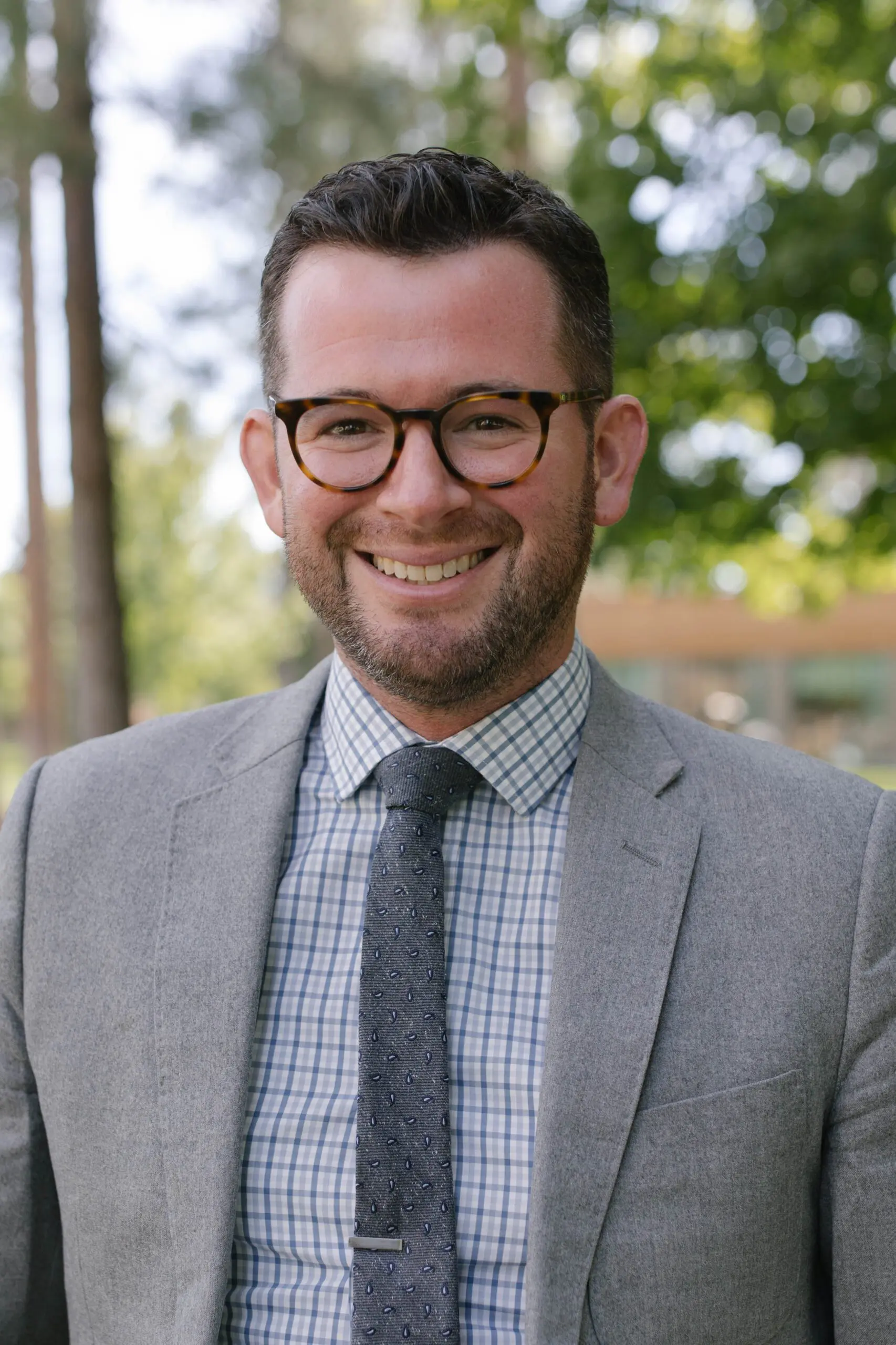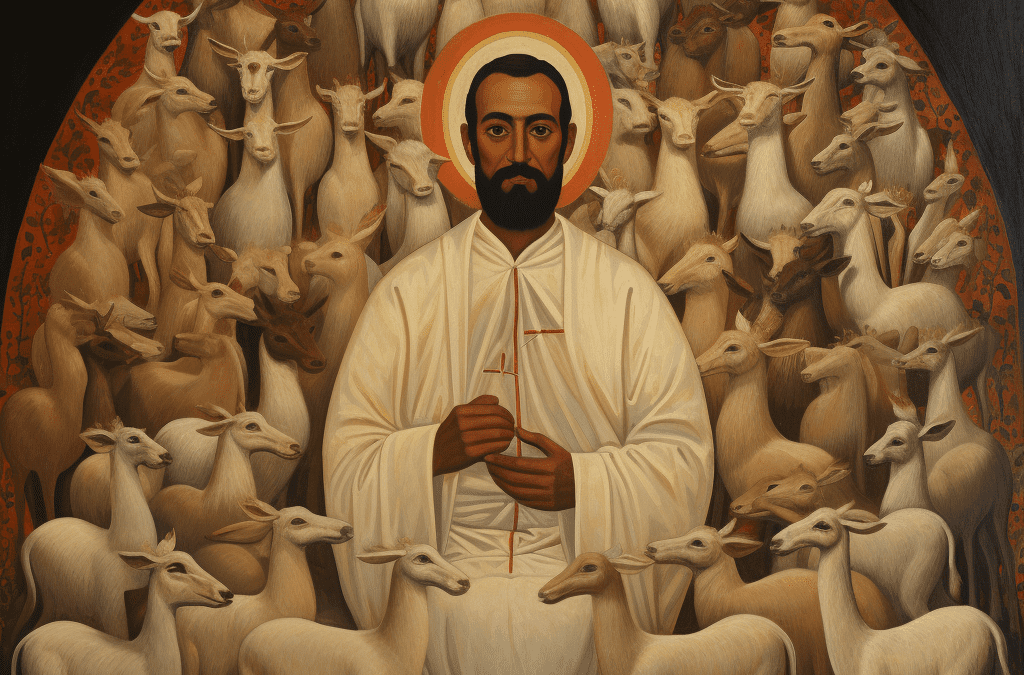Justice and love sometimes seem to inhabit two distinct moral worlds. Love is passionate and sacrificial, driven by intense attraction to the beloved. Justice is rational and calculating, concerned with the rights that individuals claim in contentious social spheres. While love can offer prophetic critiques of injustice, it offers no substantive ethical norms for political life. As Reinhold Niebuhr put it in his influential book, Moral Man and Immoral Society, love is “baffled” by the complex calculations, compromises, and principles that make politics what it is. If we really want to attain a decent and fully functioning society, justice—not love—is our first order of business.
Given this contrast, liberal political theorists have focused on the hallmark ideals of the modern liberal state (liberty, equality, and fraternity), while giving little attention to the role that love and other affections play in sustaining our commitment to those political principles. This is somewhat understandable. Emotions like love can be turned into potent political weapons, as history attests. Perhaps most unsettling is the memory of charismatic leaders like Hitler and Mussolini, who were able to use soaring militaristic rhetoric both to stir up patriotic devotion and to demonize groups that allegedly threatened the beloved Fatherland.
In her latest book, Political Emotions: Why Love Matters for Justice, the Chicago philosopher Martha Nussbaum acknowledges these potential dangers of love, but nevertheless makes a strong case that modern liberal societies cannot afford to overlook the positive value and power of political affections. Love in particular serves a fundamental role in sustaining the ideals that constitute a just society. It is not enough to talk in the abstract about the importance of liberty and equality; people must be taught to love these ideals and the people they protect with an intense passion. Nussbaum believes that governments and social institutions must find some way to cultivate healthy emotions, like love and a self-critical form of patriotism, while resisting destructive passions, like envy and shame.
Of course, history is littered with examples— some of them almost comedic—of liberal theorists propping up secularized rituals, pageants, and various forms of civil religion to foster the political love of its citizens. As the old structures of Christendom fell away, it was necessary to find new ways to bind the political community together and channel emotional displays of national pride. Almost two centuries ago, as the power of the Catholic Church waned in France, the positivist philosopher Auguste Comte concocted his own strange brew of civil religion. Comte suggested that a council of elites should oversee the spiritual formation of the community and establish rituals (including a secularized sign of the cross) for the national cultus. In more restrained terms, the English philosopher John Stuart Mill wrote about the need to replace traditional modes of belief and practice with a “religion of humanity” that would educate and empower individuals to seek the good of not only their family, friends, and nation, but the human race as a whole.
Nussbaum carefully parses what she finds useful in these projects. She, like Comte and Mill, believes that once Christendom has been left behind—along with all its rituals, feast days, and moral disciplines— the modern liberal state must find something to fill the vacuum. The political community must find institutional means to cultivate the loves of its citizens. And yet, Nussbaum also points out that many of these earlier forms of secular civil religion remained quite illiberal and homogenous: the state was empowered to enforce a uniform moral code on a pluralistic society. Comte and Mill offered some valid diagnoses of what ailed secular political life, but they prescribed medicine that contemporary liberals (rightly) reject.
For Nussbaum, then, the recurring question is this: How can modern liberal society recognize and respect the freedom and equality of its citizens (a matter of justice), while trying to cultivate the right sort of attachments and passions that bind the community together (a matter of love)? Nussbaum suggests that a kind of passionate liberalism is required to reconcile the two sides of love and justice.
Her description of this liberalism takes some interesting turns. Rather than focusing on the usual suspects of liberal theory—such as Rousseau, Locke, and Kant—Nussbaum turns to lesser known currents of thought. Her examples span genres, cultures, and centuries—the humanistic poetry of Walt Whitman, the patriotic songs of the Indian composer Rabindranath Tagore, and the anti-absolutist themes of Mozart’s The Marriage of Figaro, among others. Nussbaum suggests that such poems, songs, and operas stir up individuals’ emotions in ways that reinforce the most important ideals of liberal society. More concretely, she suggests that public goods like city parks and book groups at the local library provide spaces and opportunities for individuals to cultivate the sort of free, inclusive, and just society that we hope to attain.
Is Nussbaum’s idealized vision of the political community persuasive? Can it capture the imaginations of diverse and often polarized citizens—religious and secular alike? I am not so sure. Nussbaum is most convincing when she is passionately arguing that liberal theorists must recognize the simple fact that healthy societies need to cultivate practices that teach citizens how to love well and love rightly. Liberalism needs a pedagogy as much as it needs principles. This is crucial to understand, but it is a fairly abstract point to make. We still need to ask what it means to love well and love rightly. What is it about the beloved person, principle, or community that makes it worthy of our desire and affection? Unfortunately, Nussbaum’s book does not provide a very substantive answer to this question. Her conception of love is too thin, and this thinness seems quite intentional. Although she recognizes the need for societies to cultivate certain political emotions, Nussbaum worries about loves and affections that are grounded in a deep, religious, or “comprehensive” vision of the good life. She contends that societies must avoid implying that the source of political love develops “out of one religious or secular view of life rather than another.” Consequently, public emotions must be “both narrow and shallow.”
Nussbaum has reconciled justice with a variety of love, but it is not clear what love of this sort can actually do or discern. It is telling that when Nussbaum writes about more contentious questions of justice—for example, whether society ought to grant a white supremacist’s right to free speech on an occasion like Martin Luther King Jr. Day—the function of love is simply to provide emotional support for the abstract principles that society chooses to endorse. Should the racist’s right to free speech trump other principles of justice, like racial equality? What reasons can we give for our judgment, one way or the other? Nussbaum recognizes that societies will need to make these sorts of judgments to attain justice, but has rejected the idea that communities with deeper, “transcendent,” or religious views of the good should be allowed to bring their own traditions to bear on political life.
Nussbaum clearly wants her idealized society to be able to discriminate between good and pernicious forms of desire and attachment. Over the course of her book, she proposes her own set of rituals and practices that she hopes will foster the right sorts of civic love. But many readers will wonder whether opera, book clubs, and effective city planning are enough.
Perhaps a richer conception of what is true, beautiful, and good is necessary to cultivate the sort of love that Nussbaum values so much. If we want a form of love that really matters for justice, and is not simply an intense but momentary feeling of desire, we may need to talk about love as a virtue as well as an emotion. After all, if love is simply an intense attachment to something or someone else, as Nussbaum defines it, it is difficult to discriminate between what is beautiful and good and what only seems to be so at the moment.
Properly speaking, the virtue of love desires the good of the other for her own sake. Love of this sort not only wills the flourishing of neighbours and friends, it also pursues the common good—the sort of rightly ordered social relationships that institutional injustices, like racism, destroy. It takes account of personal relationships and histories. It values friendship as a good in itself. It is willing to make sacrifices, sometimes very painful ones, so that the good of fellowship might be preserved. Rightly ordered loves pursue that which is truly good and worthy of care.
Still, can this form of virtuous love, being tethered to deep-rooted beliefs about what constitutes the good in human life, really find a place in an intensely pluralistic political society?
Nussbaum often characterizes the problem of pluralism in terms of individuals’ passionate attachments to rival transcendent views of the world. Her thin conception of love is meant to skate over this problem. In the alternate conception of love as a virtue, however, we have another way to describe the challenge of political life—in terms of friendship. Along these lines, we might be able to envision the sort of relationship that bears burdens and doesn’t always require the other person to check his most deeply held commitments before crossing the threshold from private to public life. In this context, we will need to be honest about individuals’ deep and diverse visions of love, whether they are sustained by the lush romanticism of Whitman’s verse or the prophetic language of the Hebrew prophets, the revolutionary libretto of Mozart’s opera or the gospel songs of Southern slaves, the cosmopolitan spaces of Chicago’s city parks or the sanctuary of Atlanta’s old Ebenezer Baptist Church.
Nussbaum winsomely talks about the need for citizens to be vulnerable in a pluralistic society. Her insight carries more weight than she might realize. If we really want to reconcile the work of love with the ends of justice, then we need to be open and honest about the genesis of our deepest loves—specifically, the practices, beliefs, and communities (religious and secular alike) that transform the passion of love into a virtue. This deeper conception of love may lead to a more vulnerable sort of pluralistic society, but hopefully a richer and livelier one as well.

